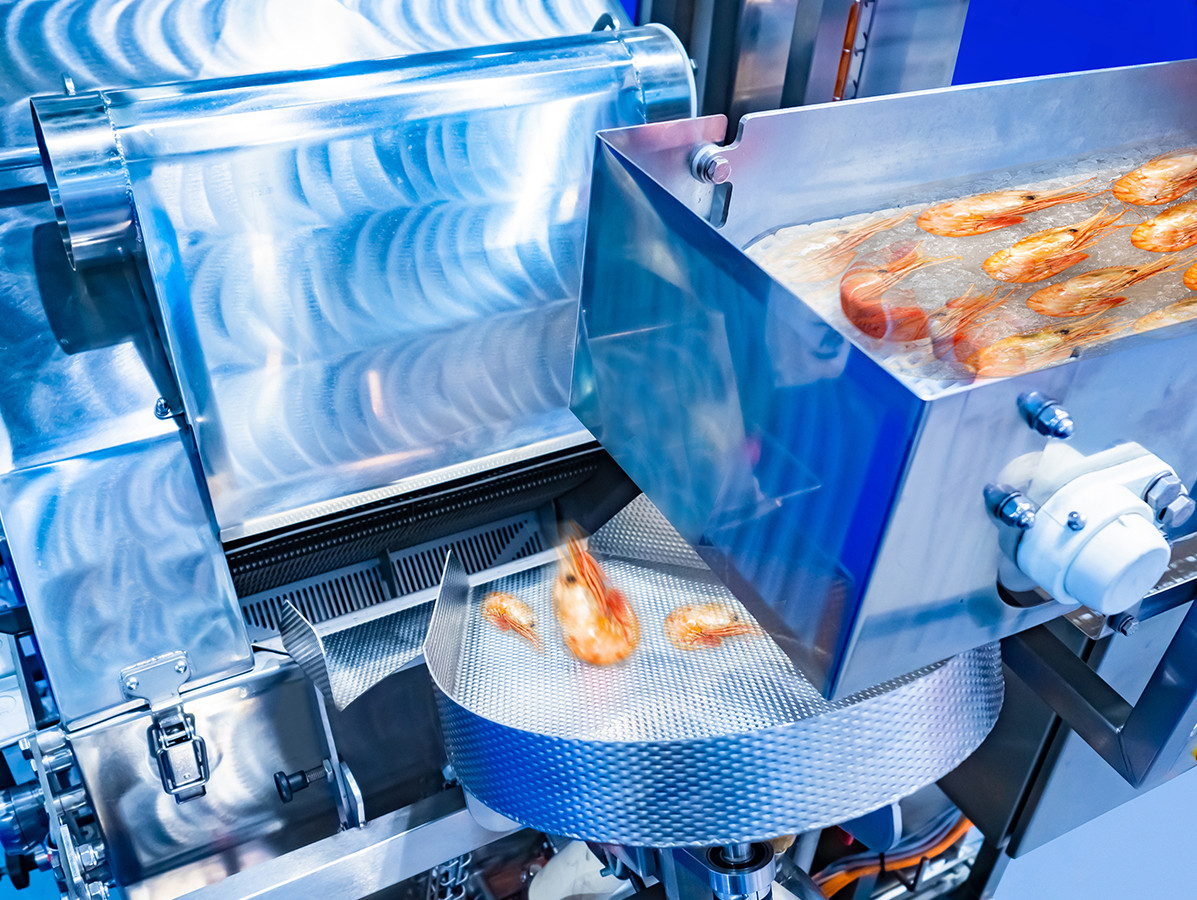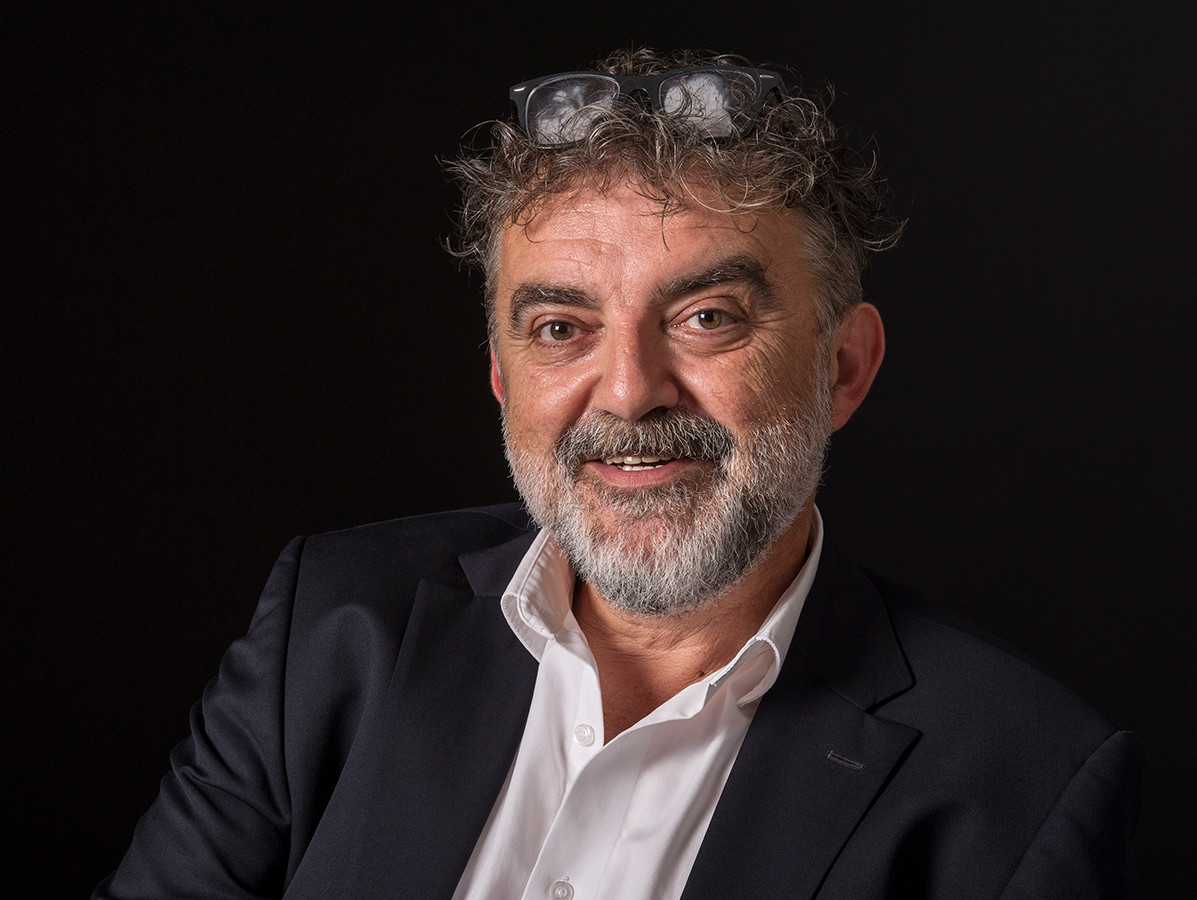
Refrigeration and/or freezing installations are an integral part of current food production: they are essential for improving shelf life and food safety. The necessary cooling costs a lot of energy, so money. Moreover, the use of refrigerants is subject to all kinds of laws and regulations. In other words: refrigeration technology is a profession in its own right.
"Technique is exact: it may or may not work," Domagoj Gobac of Go Consulting begins soberly. "A cooling system that doesn't work properly is a very expensive investment. When it comes to installers, 'Just say what you want, we'll make it' is not an unusual attitude. But do customers know exactly what they need? In addition, an installer is usually focused on his own delivery: that cooling installation. To what extent the chosen refrigeration solution fits within the process and other disciplines within the project, is not his cup of tea. That can cause problems.
When Domagoj is called in, he starts by clarifying the client's needs by asking critical questions: "Asking questions helps me to understand and fathom the process, and then, together with the client, to define his 'cooling needs' as precisely as possible. What does the process look like? What needs to be cooled, how much, in what time frame and at what temperature? At the same time, this is a moment for the client to critically analyse his process once more and possibly optimise it. An answer such as 'this is how we always do it' is not acceptable. My goal is to look at the whole picture in a broader and more general way, to see connections and to make the different parts fit together".
Domagoj then translates this 'cooling requirement' into concrete refrigeration technical solutions. "When determining the most optimal solution, I take various aspects into consideration," he explains. "Apart from the technology, of course, other issues are also considered, such as investment, maintenance, durability, subsidy possibilities, future developments, the cleanability of components for optimum hygiene, and so on". His experience, gained in previous projects, plays an important role in this. After approval by the client, he processes the solution into a specification, a programme of requirements that installers can subscribe to. Domagoj emphasizes that the installers, because of their specific knowledge, often have an important creative input in this phase. " The reason why I am always open to alternatives or adjustments, provided they are backed up with good arguments".
He checks whether the offers are technically correct and the prices are competitive, so that the client can make the right decision. Which technique or installer the client ultimately chooses, has no financial consequences for Go Consulting. In this way, the advice remains objective and independent. Finally, Domagoj states, it is useful if during the execution someone sees to it that the delivery takes place in accordance with the agreements made. "I don't like 'open ends' and, before the assignment is given, I want all questions asked and answered. Then everyone knows what they' re up to. Because of this, the execution usually goes without major obstacles."

Domagoj Gobac
Sometimes Domagoj is brought in for a second opinion on a project. "Like a recent project. The installer had made a neat offer. The installation was intended for the conditioning of various production and storage areas and the cooling of process water. During the inspection I found out that: the cooling capacity of the production machines, specified by the supplier, was about 20% too high; that contamination and grease particles in the process water are likely to cause problems with the chosen cooling method; and that the air handling unit and air ducts in the production (high-care) will be a, let's say 'tough challenge' for daily cleaning. In consultation with the installer, the design has been modified. Result: a saving of about 10% on the investment. That's what I enjoy about my work; when you come to a better solution and an optimal result together".
The most significant development in refrigeration technology in recent years is the application of CO2, says Domagoj Gobac. "Its use, and with it its supply, has increased considerably in recent years. There are more suppliers and a wider choice of components. As a result, there are more possibilities in the design. This increase is related to the fact that F-gases legislation has been tightened. Since 1 January 2020, the amount of refrigerant in an installation and its contribution to the global warming potential (GWP) is examined. The GWP is the warming effect related to the effect of CO2 and is expressed in kg CO2 equivalent per kg refrigerant. Example: freon 507 has GWP 3,985. It means that 1 kg of freon 507 makes the same contribution to the global warming effect as 3,985 kg of CO2. Just like ammonia and propane, CO2 is a natural and therefore more sustainable refrigerant. The government gives a helping hand with subsidies for the purchase of new installations that work on it. Partly because of this, CO2 installations are at almost the same price level as freon installations.
Photos: © FOTOGRIN/Shutterstock.com
Source: © Vakblad Voedingsindustrie juni 2020